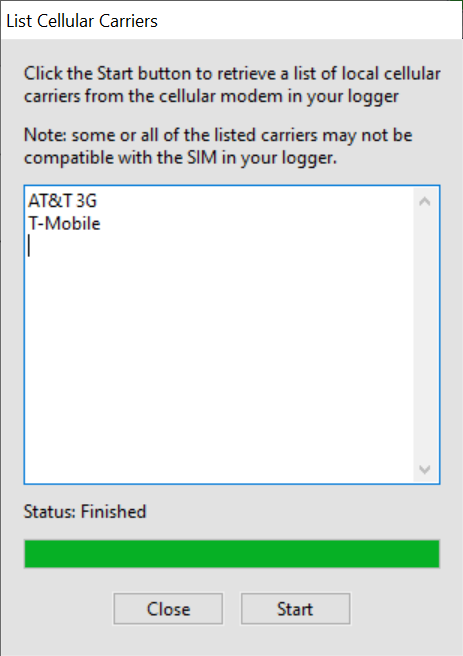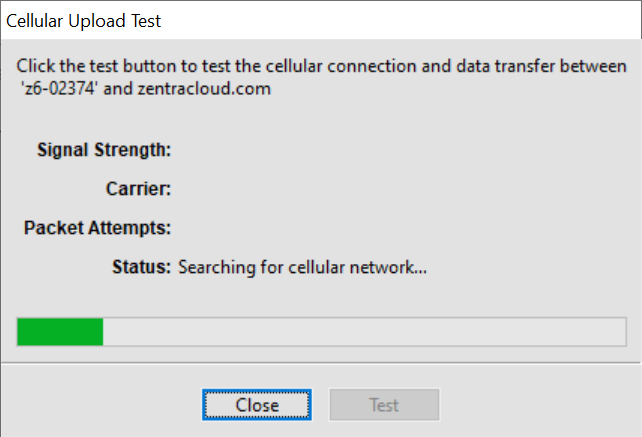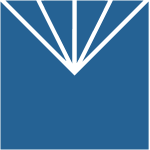Data Collection & Telemetry
Overview
Update Hardware
Module and SIM Update Guides
Module Identification
Module Swap Wizard
SIM Swap Wizard
AT&T / T-Mobile Configuration Guide
Verizon Configuration Guide
Worldwide H1 SIM Configuration Guide
SIM Replacement Instructions
Wi-Fi Configuration Guide
Firmware Update
Troubleshoot
ZL6 Troubleshooting Guide
ATMOS 41W Troubleshooting Guide
EM60G Troubleshooting Guide
EM50 Series Troubleshooting Guide
Communication Test
List Cellular Carriers
Test Button & Status Lights
Fix: Retroactively Enable LTE-M Bands for 4G in Europe
Sensor Current Draw Check - ZSC
App Location Permissions on iOS and Android
Coverage
Accessories
ZENTRA Cloud 1.0 (Classic)
Quick Start
Organizations
Account
Edit Account Profile
Update Account Password
Lost Password/Password Reset
Set Measurement Unit Preferences
Users
Devices
Device Inventory
Edit Device
Re-provision ZL6 to European Server
Add Device
Remove Device
Time-zone and Location Override
Calibrations
Downloads
Dashboard
Enable Chart Status
Create Custom Charts
Color Picklist
Add Traces to Chart
Chart Stats
Print Charts
Set a Target Range
Lock Chart Axes
Chart Date Range Picker [NEW]
Download Chart Data
Notifications
Models
Daily Light Integral
Ground Water Elevation
Ground Water Depth
Plant Available Water
Daily Light Photoperiod
Chill Hours
Growing Degree Days
Create a Model
Evapotranspiration
Subscriptions
API
US Server API
EU Server API
TAHMO Server API
Push API
R Package
API Troubleshoot
AgWeatherNet & DAS
Manage API Keys
Error Codes
Applications
FAQ
Accessibility
Release Notes
ZENTRA Field
ZENTRA Cloud 2.0 (Beta)
Getting Started
User Account
Setup
Devices
Add Data Logger
Configure Data Logger
Device Map
Data Logger Charts
Download Data Logger
Logs
Archive
Dashboards
Explorer
Data
Projects
Alerts
Environment Models
Groundwater Elevation [2.0]
Groundwater Depth [2.0]
Chill Hours [2.0]
Utah Chill Model [2.0]
Growing Degree Days [2.0]
Heat Index [2.0]
Heat Stress Wet Bulb Globe Temperature WBGT [2.0]
Wind Chill [2.0]
Evapotranspiration [2.0]
Leaf Wetness Amount of Water [2.0]
Daily Light Photoperiod [2.0]
Plant Available Water [2.0]
Daily Light Integral [2.0]
ZENTRA Cloud Beta Release Notes
Accessibility
Feedback
Privacy, Security, Terms & Conditions
Uptime Monitor
Table of Contents
- All Categories
-
- ZL6
ZL6
If your ZL6 data logger is not working as expected, use this guide to diagnose and resolve common issues.

If your ZL6 data logger is not working as expected, use this guide to diagnose and resolve common issues.
Visual inspection
- Please make sure all sensors are plugged in securely and fully inserted into the port.
- Inspect sensor cables for damage, cuts, abrasions etc.
- Ensure all 6 batteries are oriented in the correct position. | + | - | + | - | + | - |
- On the computer board, is there any corrosion or rust visible?
ZENTRA Utility
To connect to the logger you need a USB to Micro-USB cable. The cable type used must be able to transfer data, not just power. If a connection cannot be made, try a different cable.
- Open ZENTRA Utility
- In the drop-down you should see an option for “ZL6“.
- Click Connect.

List carriers
- Click Actions
- List Cellular Carriers
- Click Start to begin the test
When the test is complete a list of cellular carriers in the area will be shown. If the test fails move a few feet and try again. After the test successfully lists a cellular carrier, proceed to the next step.

Communications test
- Click Actions
- Communication Test
- Click Test to begin the cellular communication.
When the test is complete the signal strength, carrier, packet attempts and status of the test will be displayed. If the test fails or has low signal, move a few feet and try again.
For the best signal the antenna should be unobstructed by structures or vegetation. If required an extension cable can be used to elevate the antenna. See the ZL6 ANTENNA EXTENSION guide.

Sensor connection issues
To check sensor communication to the logger when there is no visible damage open ZENTRA Utility.
- Press the SCAN button

What to try if the scan result is "invalid input" or an unreasonable measurement value:
- Manipulate the cable at the stereo end while scanning and observe the result.
- Unplug and plug the sensor then scan again.
- Clean the connection. Use isopropyl alcohol if available or water and a clean cloth.
- Plug the sensor into a different port and repeat the scan.
- Try a different sensor in the port that was giving errors.
If the sensor responds when moving it to a different port the device will need to be sent in for repair.
If the sensor responds when the cable is manipulated the cable or connector sensor is bad and should come in for repair/replacement.
Device firmware
Device firmware should be kept up to date. To check for updates,
- Click Help
- Check for Firmware Updates

Drivers and software
If you are running Windows XP operating system contact METER at support.environment@metergroup.com
How did we do?
